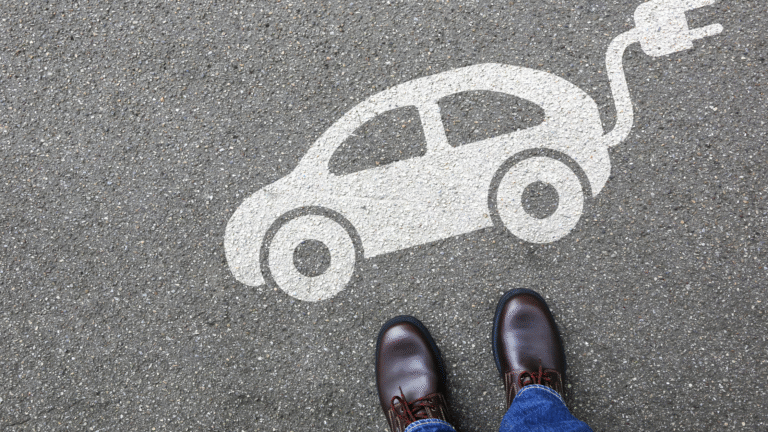Public charging networks promise convenience — but the real cost of using them isn’t always obvious from the price-per-kWh headline. Session fees, idle penalties, minimum charges, membership costs, roaming surcharges and billing rounding can all inflate what you actually pay. This article explains the common hidden fees, how they’re applied, and practical strategies to minimise surprises on your next EV adventure.
Table of Contents
- How public charging pricing is typically structured
- Common hidden fees and what they mean for your bill
- How session timing and tariffs affect total cost
- Strategies to avoid or minimise hidden public-charging fees
- Choosing networks and payment methods that reduce surprises
- What to do if you get billed unexpectedly
- FAQs
1. How public charging pricing is typically structured
Public charging operators use one or more pricing elements:
- Per-kWh energy charge — the core price for electricity delivered.
- Per-minute or time-based charge — often applied for slow speeds or idling.
- Session or connection fee — flat fee per charging event.
- Parking or idle penalty — charged when you remain connected after charging finishes.
- Subscription fees or roaming surcharges — membership discounts versus higher ad-hoc rates.
Understanding which elements apply at a given station is the first step to smart charging.
2. Common hidden fees and what they mean for your bill
- Session fees: A small $ or rounded fee every time you start a session; frequent short sessions multiply small costs.
- Minimum charges: Some networks enforce a minimum charge even for small juice top-ups — handy for operators, costly for users.
- Idle penalties: Significant at busy DC sites to encourage turnover; staying plugged in after charging can be expensive.
- Connection or access fees: Especially on rapid chargers where power draw is high, a “start” fee can be added to per-kWh rates.
- Roaming and payment surcharges: Using a foreign app or paying by credit card at the terminal can attract extra margins.
- Tariff rounding and kWh-step billing: Some stations bill in chunks (e.g., per 0.1 kWh) or round up session energy.
These fees turn a cheap per-kWh headline into a much higher real cost if you don’t plan around them.
3. How session timing and tariffs affect total cost
- Fast short top-ups can be disproportionately expensive because session fees and per-minute charges dominate.
- Longer top-ups (10–40 minutes) often give better per-kWh economics once session fees are absorbed.
- Peak vs off-peak public tariff differences: some networks vary rates by time-of-day; overnight or late-night stops can sometimes be cheapest.
Planning stops with expected session durations minimises wasted spend.
4. Strategies to avoid or minimise hidden public-charging fees
- Use network subscriptions if you charge frequently — these can eliminate per-session fees or reduce per-kWh rates.
- Consolidate charging: fewer longer sessions are more efficient than many short boosts.
- Read the tariff screen before you start — the price breakdown is usually displayed or in the app.
- Prefer charging stations with transparent billing and simple per-kWh rates.
- Use the station’s preferred payment method — sometimes tap vs app vs RFID yields different pricing.
A little upfront research saves real money on the road.
5. Choosing networks and payment methods that reduce surprises
- Compare memberships across networks you use often; membership fees can be offset by lower per-kWh rates if you use chargers regularly.
- Roaming vs direct accounts: roaming is convenient but can be costlier; a direct account with the operator is often cheaper.
- Watch for conversion fees if you pay with a foreign card or if app billing uses payment gateways with hidden margins.
Keep one or two primary charging provider accounts active and avoid ad-hoc payment where possible.
6. What to do if you get billed unexpectedly
- Collect receipts and screenshots of your session details.
- Contact customer service quickly; many disputes are resolved by showing app logs or charger telemetry.
- Request itemised bills and ask for refund of erroneous idle penalties if you were unable to disconnect due to charger faults.
- Report faulty stations so operators can fix hardware that causes excessive session times or misbilling.
Most operators will refund clear billing errors if you escalate calmly with documentation.
FAQs
Q: Why do some chargers still charge per-minute?
A: Per-minute pricing discouraged long occupation of valuable stalls and reflects the cost of occupying high-power infrastructure. It often suits networks where turnover is the priority.
Q: Is membership always cheaper?
A: If you charge frequently on the same network, membership usually pays back. For occasional users, pay-as-you-go may be better.
Q: How can I avoid idle penalties in busy locations?
A: Monitor your session, move the car promptly when charging finishes, and use apps that alert you when charging is nearly complete.
Conclusion
Public charging delivers great convenience — but small hidden fees quickly erode the value. By understanding session fees, idle penalties, minimum charges and roaming surcharges, and by adopting simple behaviours (longer consolidated sessions, using memberships, and reading tariff screens), you can significantly reduce your public-charging bill. Plan smart, pay smart, and public charging becomes a practical complement to cheap home charging.
Meta description: Public charging can include session fees, idle penalties and roaming surcharges. Learn how to spot hidden charges and save on public EV charging across Australia.
